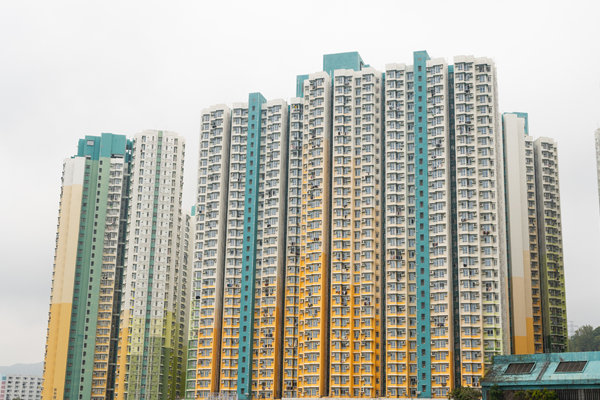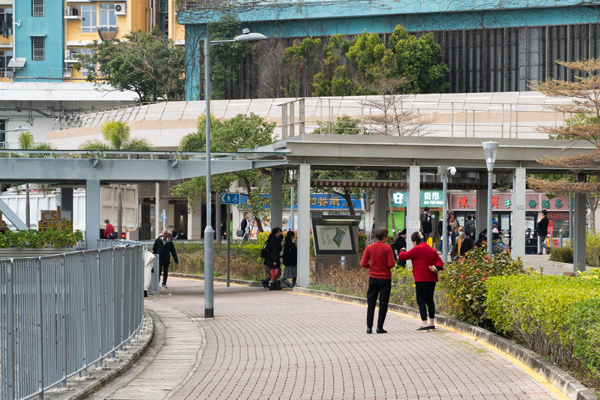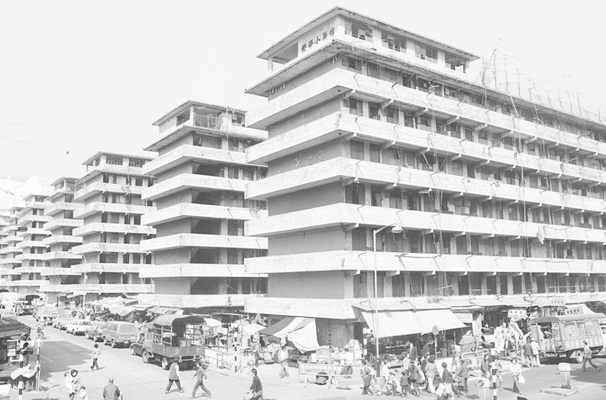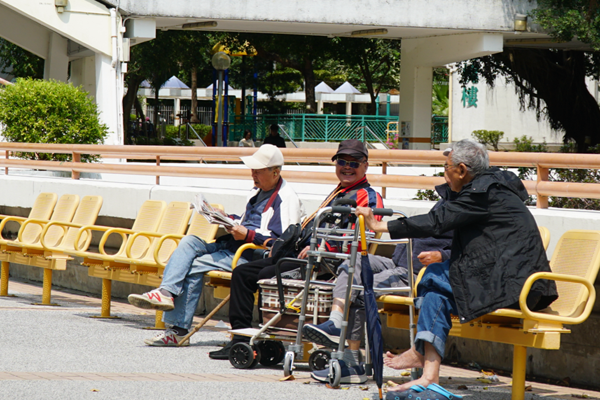2025 Issue 016 (Chi. only)
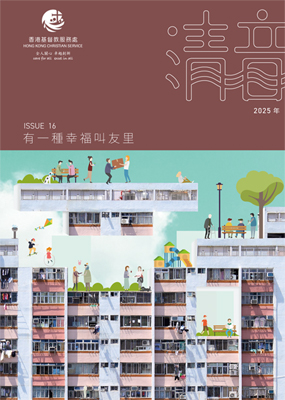
The Pursuit of Happiness: Neighbourhood
In today's world, is neighbourhood still necessary?
Neighbourliness was especially vital during times of scarcity. In the 1950s, having a roof was a primary concern for many people. The government created a fund to construct multi-storey resettlement buildings to address the issue of homelessness. Small families with fewer than five members shared one living unit, while kitchens and bathrooms were communal on each floor. It also helped foster strong connections among neighbours.
After the social movements of the 1960s, the government quickly began constructing public housing to stabilise society and introduced the Ten-year Housing Programme in 1972. Since then, the government has shifted its focus from simply resettling the homeless to enhancing living conditions for low-income families and fostering a strong sense of community. For instance, Wah Fu Estate was the first housing estate developed under the Township Concept.
However, as social and economic development stabilised after the 1980s, the sense of community gradually weakened. In the 1990s, Housing policies began to prioritise enhancing family cohesion and improving quality of life. Additionally, personal privacy became a significant social concern, and urban planning further weakened neighbourhoods.
For instance, constructing "cake buildings" (蛋糕樓) on platforms has become prevalent in private housing development, creating disconnected, somewhat isolated communities. Second, mixed-land development has increased in older districts, which often lack sufficient public spaces. Redevelopment projects in these areas further disrupt community relationships, diminishing cohesion and interaction among neighbours.
In 2024, HKCS developed an 'Inclusion Scale' based on academic research and service experience and launched Hong Kong's first 'Inclusion Index'. The index revealed that the score of subdivided flat households was even lower than that of the homeless and the lowest among all housing types. This finding highlights the weakened relationships among neighbours living in subdivided housing, which affects one's well-being.
Last year, the Housing Bureau (HB) and the Hong Kong Housing Authority (HA) introduced the "Well-being Design" guide. This guide encompasses eight well-being concepts, three of which, "Intergenerational & Inclusive Living," "Family & Community Connection," and "Urban Integration," emphasise the importance of social connections.This issue of CS Voice examines how neighbourhoods affect happiness and mental well-being and explore potential ways to rebuild communities.





